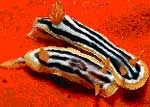Antelope Jackrabbits, also known as desert hares or antelope rabbits, are a large species of hare native to North America and Mexico. They are recognized for their incredibly large ears and their ability to run fast, jump high, and adapt well to the harsh desert environment.
Antelope Jackrabbits are masters of desert adaptation, characterized by a truly distinctive feature: their enormous ears. These large ears serve not only for hearing but also as an essential part of the jackrabbit’s internal cooling system!
Antelope Jackrabbit (Lepus alleni) originates from southern Arizona and northwestern Mexico, with ears that measure between 14 to 17 cm—remarkably long compared to their body length of 52-58 cm. The ears are notable not only for their size but also for their coloration, featuring white that highlights the head and edges, contrasting with the sandy color of their body. The ears of the Antelope Jackrabbit play a crucial role in temperature regulation, allowing them to release body heat and maintain a stable internal temperature amidst fluctuating desert temperatures.
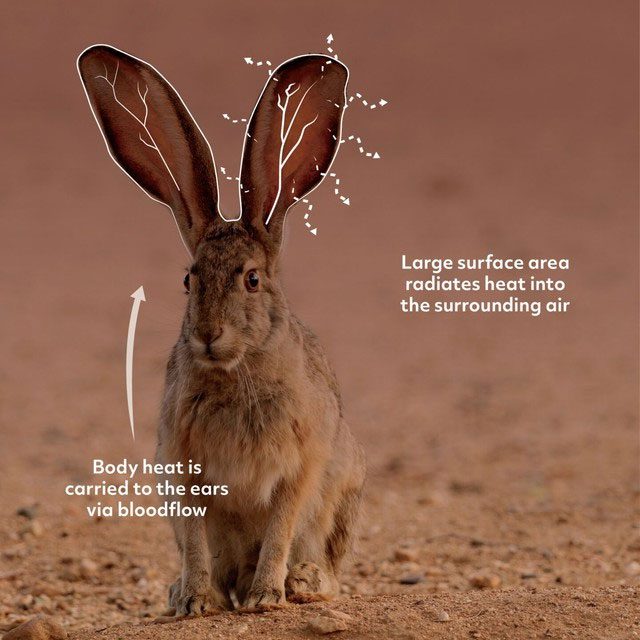
The ears of Antelope Jackrabbits have many small blood vessels located near the surface of the skin. When their body heats up, blood flows through these vessels and releases heat into the surrounding environment. When it gets cold, Antelope Jackrabbits can fold their ears back to keep their bodies warm.
Unlike humans, who sweat to regulate body temperature, Antelope Jackrabbits cannot afford to lose precious water in the scorching desert heat. Instead, their ears help them regulate body temperature—equipped with a network of blood vessels, these oversized ears function like a radiator.
As temperatures rise, the blood vessels dilate, bringing hot blood close to the thin skin surface of the ears—a process known as “vasodilation.” When a breeze flows through the ears, it cools the blood, adjusting the overall body temperature of the Antelope Jackrabbit.
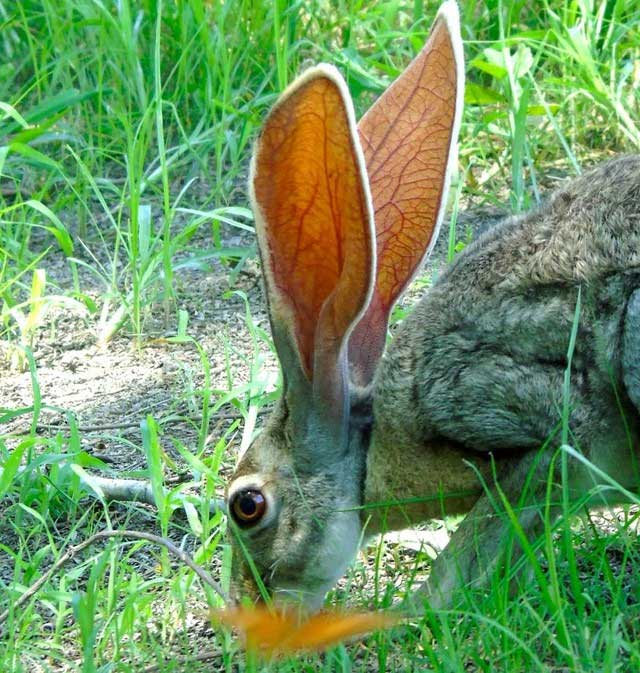
The Antelope Jackrabbit is a North American hare also referred to as the antelope rabbit because they are known for their ability to run and jump quickly. They are one of five hare species living in various regions of North America and are among the largest hares in the area.
The ability of Antelope Jackrabbits to control their ears is impressive. They can easily spread their ears wide to maximize heat dissipation in hot weather. However, when the desert cools down at night or winter arrives, Antelope Jackrabbits fold their ears close to their bodies. This reduces the surface area of the ears, and the blood vessels constrict, minimizing heat loss to the cold air.
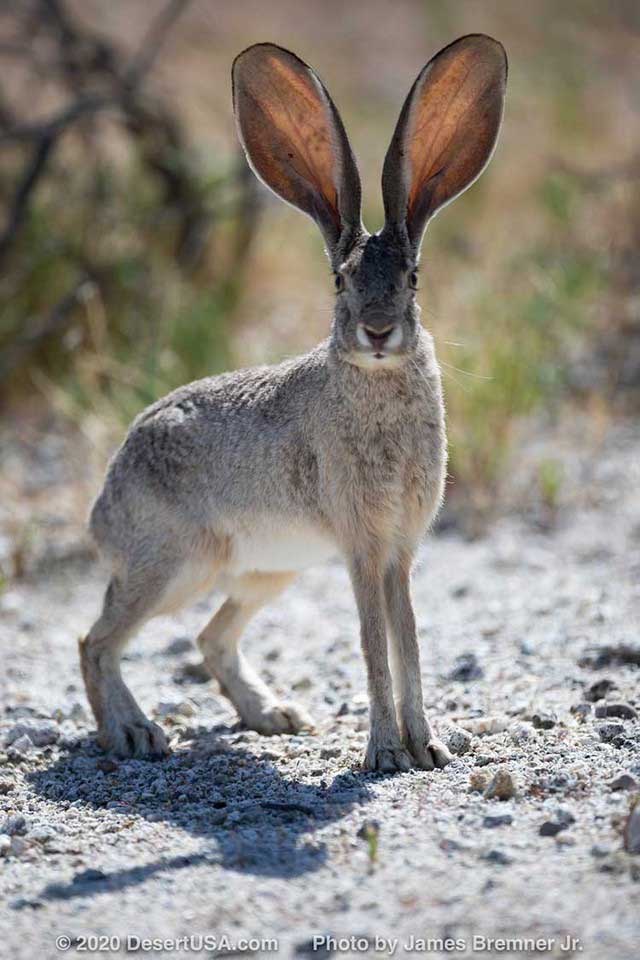
Antelope Jackrabbits are primarily found along the west coast of Mexico, in states along the Pacific and the Gulf of California. They are also found in Arizona (USA) in a small area to the south, primarily in the Sonoran Desert. This species also inhabits Tiburon, a small island near Sonora, a state in Mexico. In Arizona, they are commonly found where grasses thrive beneath widely spaced, moderately tall desert shrubs. In Mexico, they prefer broad, low grasslands as well as patchy foothills with low bushes and are most commonly found in coastal foothills.
The ears of the Antelope Jackrabbit are a testament to nature’s remarkable ingenuity. They provide a water-efficient method for regulating body temperature, a crucial advantage in the harsh desert environment.
Antelope Jackrabbits are solitary animals, typically active at night and during twilight, but they can also be active on cloudy days. During hot seasons, they spend the day avoiding the heat by retreating under wild grasses, shrubs, or simply sitting in the shade of mesquite trees or cacti.
Their enormous ears allow them to observe their surroundings and listen for predators. In rare cases, they may use sound to communicate. They can utilize pheromones from their anal glands to emit a strong musky scent to mark their hiding places.
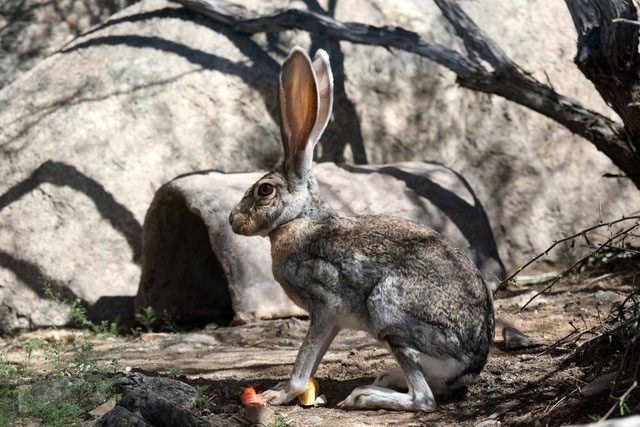
Antelope Jackrabbits are herbivores. During droughts, they will eat cacti and shrubs such as mesquite and creosote. They do not drink water directly but obtain moisture from what they eat, especially from the pads of cacti.
In fact, although they are solitary, Antelope Jackrabbits are polygamous. This means that one male will mate with multiple females. During the breeding season, males may engage in fights, kicking with their hind legs and boxing with their front legs to access females.
Breeding occurs from late December to September. The gestation period lasts about six weeks, and each litter typically consists of two young. After a few days, the young are weaned and become independent. Antelope Jackrabbits reach sexual maturity at the age of two.
The main threat to this species is habitat loss. Human impacts on their habitats include residential development, livestock grazing, trail construction, and canals. Notably, in southern Arizona, their habitat is threatened by an invasive grass species known as Lehmann lovegrass, which they cannot eat. In some areas, competition from livestock, habitat fragmentation, and human-caused fires are significant threats.










































